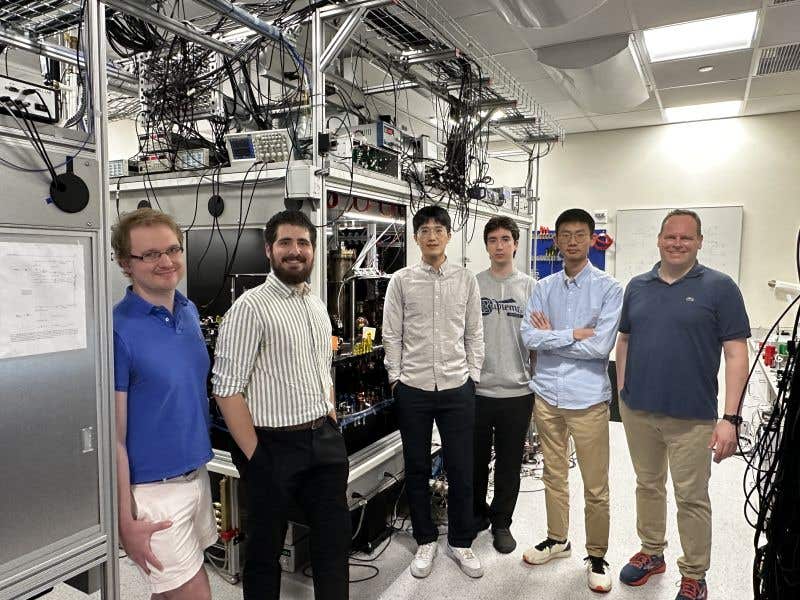Empathy can be socially transferred to others, study finds
Empathy is more than just a personal trait—it’s a social phenomenon that can be passed from one person to another, according to a new study

Empathy is more than just a personal trait—it's a social phenomenon that can be passed from one person to another, according to a new study. (CREDIT: Getty Images)
Empathy is more than just a personal trait—it's a social phenomenon that can be passed from one person to another, according to a recent study led by neuroscientist Prof. Dr. Grit Hein from the University Hospital Würzburg (UKW).
Contrary to the old saying "you can't teach an old dog new tricks," Hein's research suggests that both children and adults can develop or lose empathy by observing those around them.
Using mathematical models and functional Magnetic Resonance Imaging (fMRI), Hein and her team investigated how empathy spreads within social groups. Published in the journal PNAS, their findings shed light on the computational and neural mechanisms underlying the social transmission of empathy.
Grit Hein is professor of Translational Social Neuroscience at the Center of Mental Health of the University Hospital Würzburg (UKW). (CREDIT: Cordula Buschulte)
In a series of four studies, participants were shown videos of hands receiving painful stimulation and asked to rate their own empathic responses. Afterward, they observed the reactions of others to the same videos—some showing empathy, others not.
Finally, participants rated their empathy again, this time regarding the pain of a new person. Through this setup, Hein's team could examine how a person's empathy changes in the presence of empathic or non-empathic peers.
The results were striking: participants' empathy levels shifted based on the reactions they observed. "Depending on whether empathic or non-empathic reactions were observed, empathy ratings increased or decreased," explains Hein.
Related Stories:
Importantly, these changes were mirrored in the brain, particularly in the anterior insula, a region associated with empathy processing. Hein's research suggests that these neural changes are driven by observational reinforcement learning, rather than mere imitation.
So, what does this mean for real-world applications, such as workplaces? According to Hein, creating an empathetic environment is crucial for fostering positive interactions among team members.
"Adults can learn or unlearn empathy through observation, even from individuals they do not know," she notes. This implies that organizations should prioritize empathy-building initiatives to cultivate a supportive workplace culture.
Changes in A) empathy ratings and B) model-independent learning rates in the high and the low empathy groups depending on different types of prediction errors (PE). (CREDIT: PNAS)
However, Hein cautions that empathy isn't a one-size-fits-all solution. While positive empathy can lead to prosocial behaviors like cooperation and helping others, excessive empathy can result in stress or burnout. Moreover, empathy requires a foundation of mutual respect to thrive in the long term.
"Respect is the soil for empathy," Hein emphasizes, highlighting the importance of treating others with dignity and understanding.
Multi-region PPI analysis. The upper panel shows the seeds for the multi-region PPI analysis and the target regions. The lower panel shows the number of connectivities modulated by the strength of observational learning (i.e., W1 parameter), collapsed over high and low empathy groups. (CREDIT: PNAS)
Hein's research has broader implications beyond empathy alone. By understanding the mechanisms of social transmission, we can potentially apply similar principles to other social behaviors like selfishness or aggression. While the current study focused exclusively on women, Hein plans to explore these concepts in more diverse groups in future research.
In essence, empathy isn't just an innate trait—it's a skill that can be cultivated through observation and learning from others. By fostering empathetic environments and promoting mutual respect, we can create more compassionate communities where individuals thrive.
Note: Materials provided by The Brighter Side of News. Content may be edited for style and length.
Like these kind of feel good stories? Get the Brighter Side of News' newsletter.



